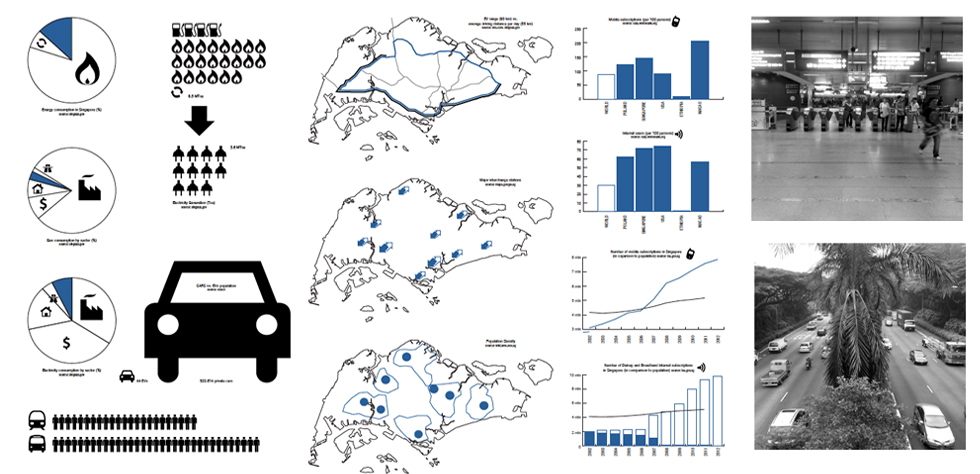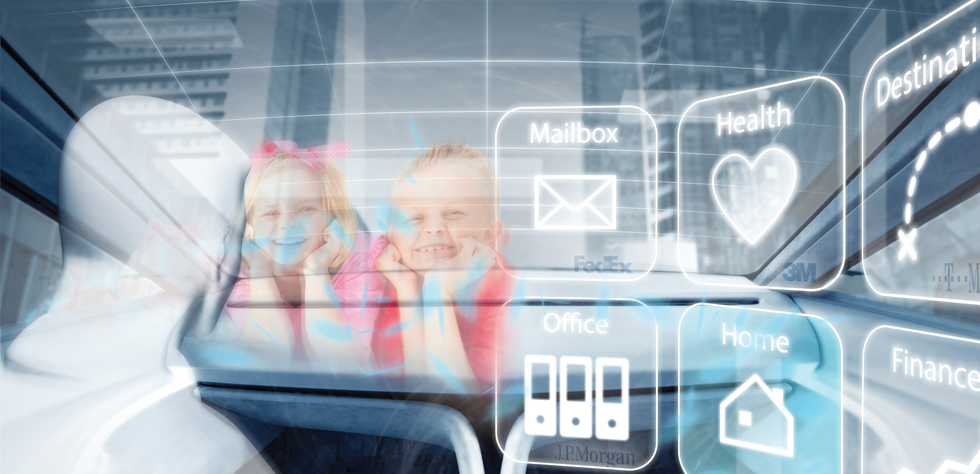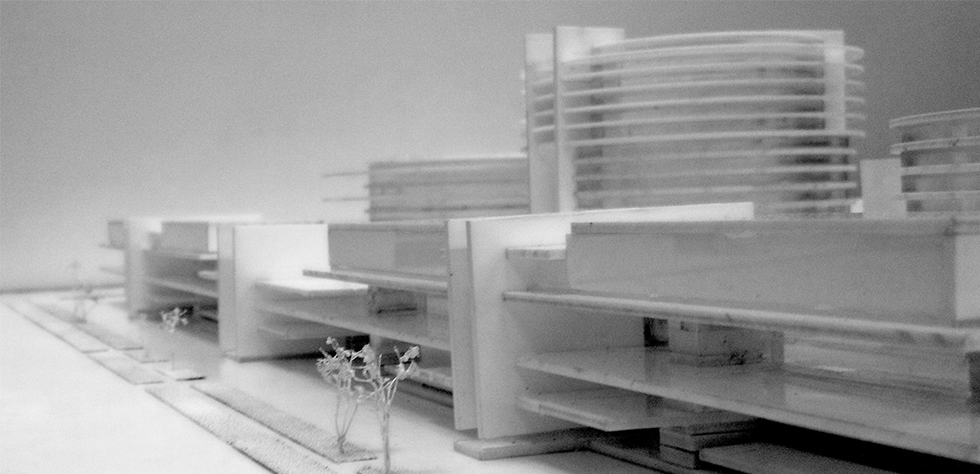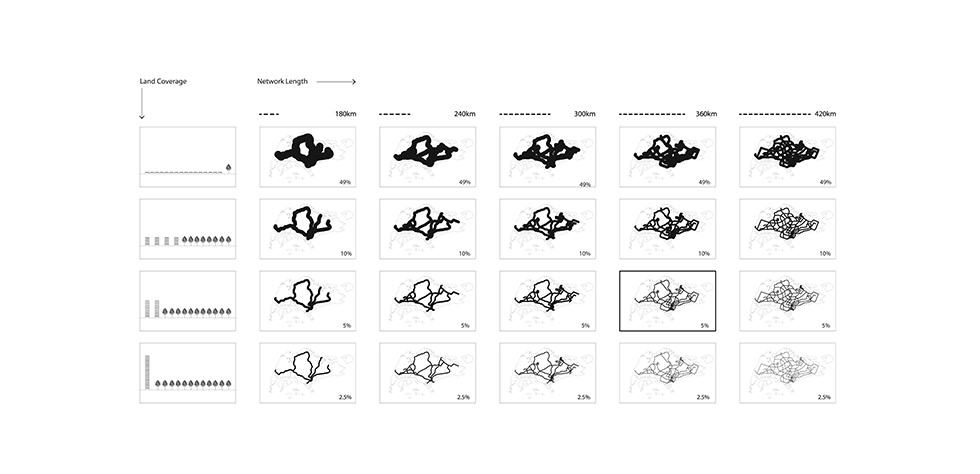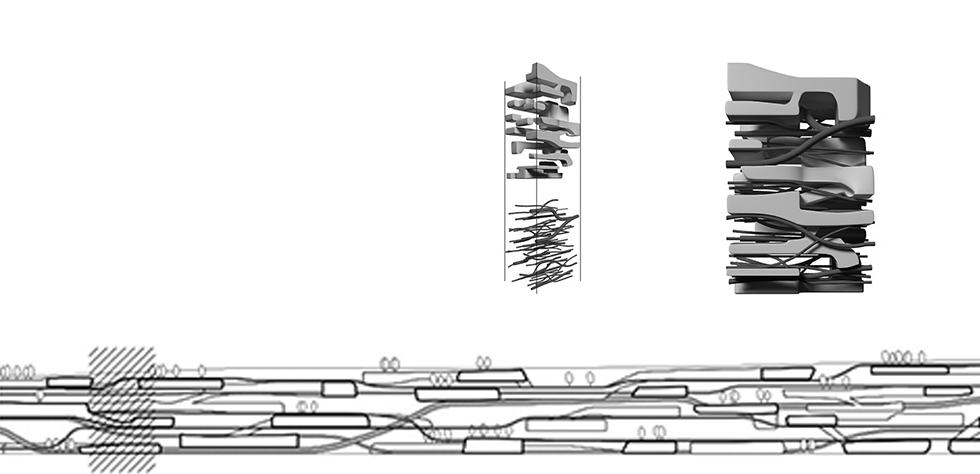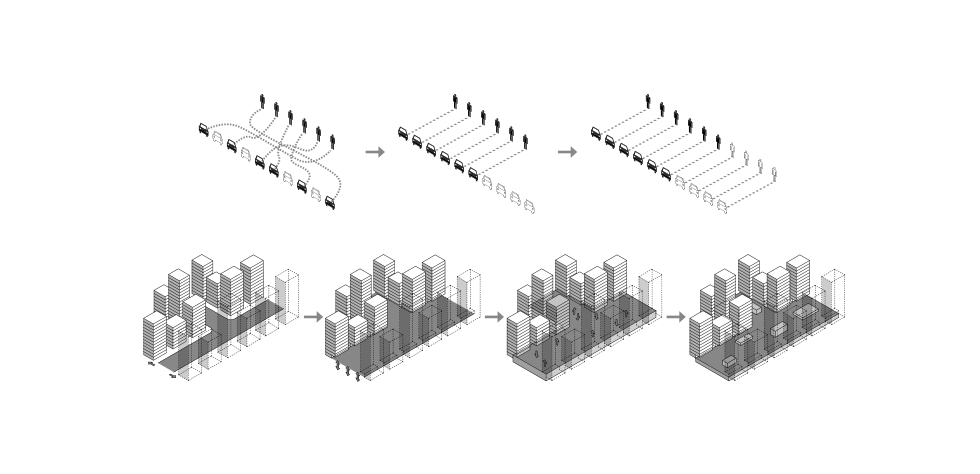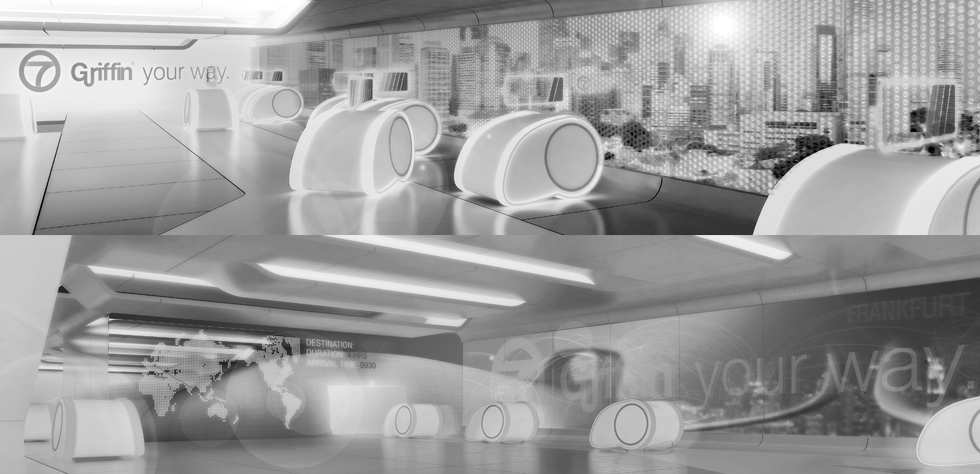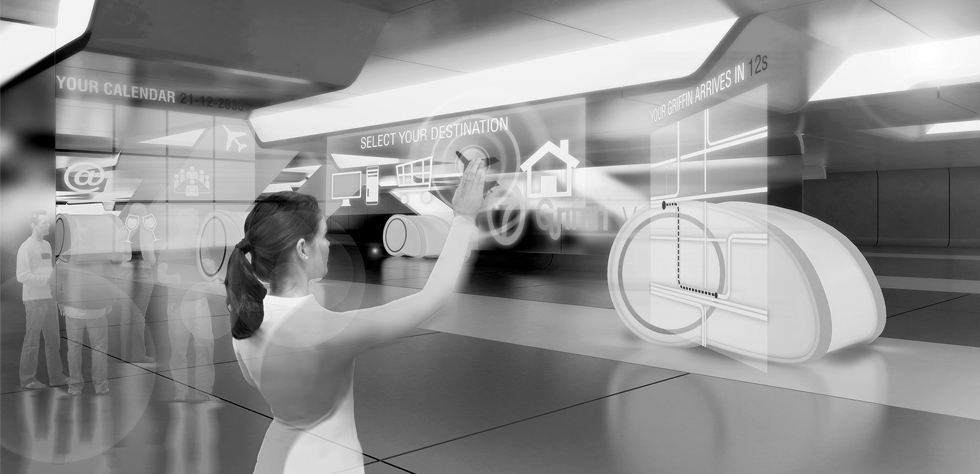Future Mobility Urbanism
Models of Future Mobile Cities
We always have dreams of a better, different or more idealistic environment: With Broadacre City Frank Lloyd Wright was ahead of his time. But his misinterpretation of technology caused the tristesse and failure of suburbia, meanwhile city centres grew vertical. One might say that the modernist urban experiment has failed and we live in a city of constant crisis. The proposed answer lies in a reincarnation of Ebenezer Howard’s Garden City under the vision of a post-capitalistic economy of self-sustainability with a new morality. Others celebrate the Architecture of the Green City, where deceptively high carbon emissions and embedded grey energy are “green-washed-wannabe-metabolistic-adenomas”. But is high density really the solution to any number of social and ecological ills? With higher population and an increased migration, cities will have to change radically. The research assesses the prose of the future city for living, mobility, infrastructure and communication. Linear Cities of mobility veins, the city as a branding exercise of the automotive industries or the individual pop up epicurean city are just a few reflections of the city as technology.
Research
We will sway in intelligent cities: commuting though the flux of systems, urban layers, overflow of information, data and interactions, as human hybrids with implemented technology. Future Cities, the liveable designed environment, will be the result of advanced technological developments. But there is a danger that a singular system will take over mankind. As Richards Rummells’ visionary New York in 1912 shows vertical layers of infrastructure have become a reality in most Megacities like Shanghai, Bangkok or Hong Kong. The question rises, what is the image of the future city? High density, traffic jams, lack of space, bad air? The biggest urban challenge is to solve the migration into Megacities.
Solution
With that comes the development of local transportations and the survival in global networks, commuting in infrastructures and human integration into technological systems. Automated driving and personalized data exchange between the human body and its environment, where advanced digital services organize the time and effort of mobility, will soon be conventional. The studio explores specific architectural solutions for a system-integrated future of infrastructure and mobility. Solutions derive from technological, artistic, thoughtful and humanistic principals that lead to new social engineered urban prototypes.
Team
Project: Research
Team: Florian Schätz, Wojtek Dulinski, Alexandra Rozwadowska, Roy Fong, Xinni Faith Wong, Bensouda Koraichi El Ghali, Wang Yi Chao, Chen Shunann
Institute: Department of Architecture, National University of Singapore
Agency: Land Transportation Authority of Singapore
Typology: Urbanism, Infrastructure
Location: Singapore

